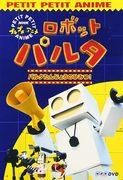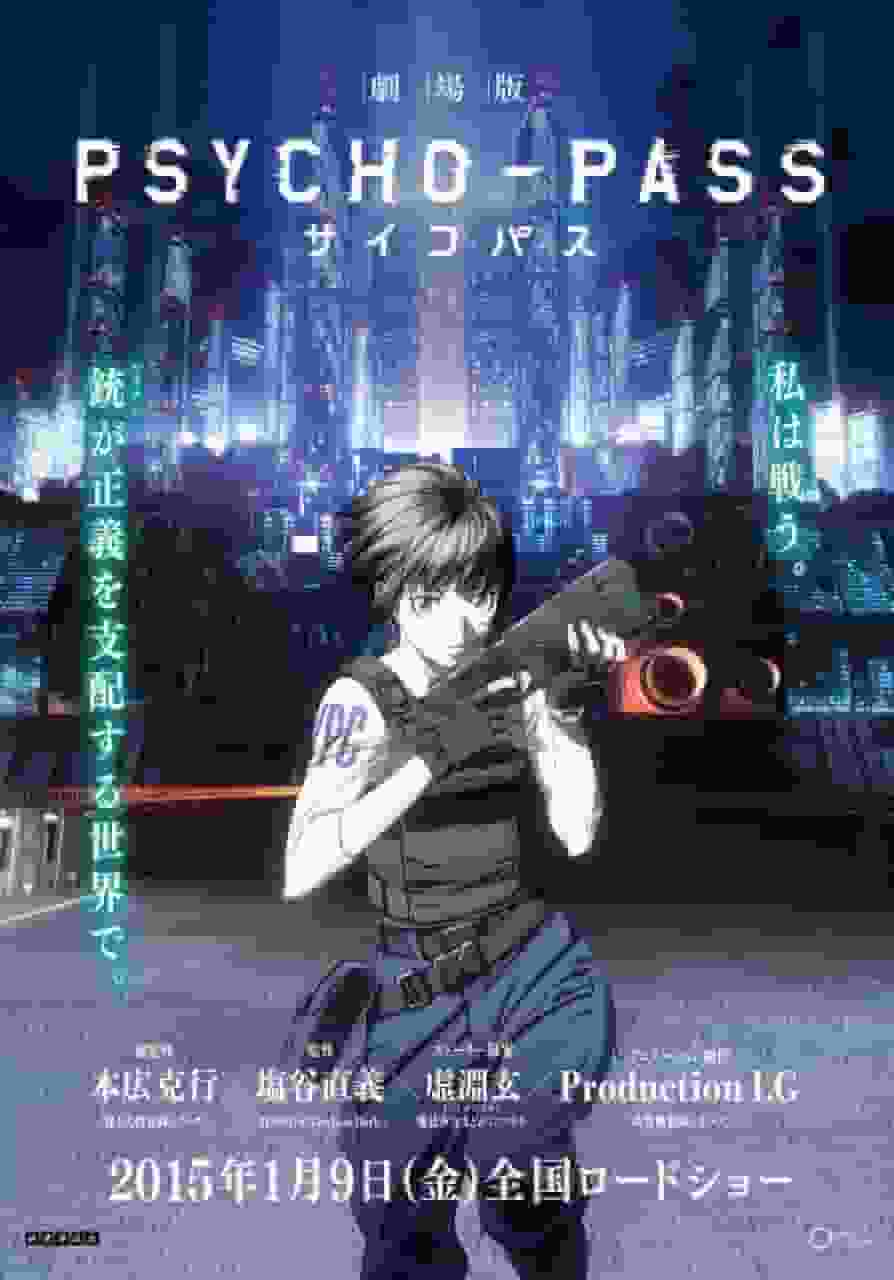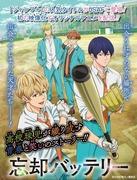Taro and Shiro: Hair Growth Medicine Volume: Evaluation and Impressions of Effective Hair Growth Episodes

"Taro and Shiro: The Hair Growth Medicine Chapter": The appeal of animation from the early Showa period and its historical significanceKnown as an animation work from the early Showa period, "Taro and Shiro: The Hair Growth Medicine Scroll" (Tarou to Shiro: The Hair Growth Medicine Scroll) is an interesting work with a unique story and historical background. This work was released on January 1, 1929, and in its short four minutes, it left a strong impression on viewers. In this article, we will take a detailed look at the content of this work, its production background, its historical significance, and its evaluation and recommendation from a modern perspective. Overview"Taro and Shiro: The Hair Growth Medicine" is an original anime work, and the details of the director and production company are unknown. However, in 1929, when this work was released, Japanese animation was still in its infancy, and it is very important to consider how this work fits into that era. The story depicts the adventures of the main character, Taro, as he tries to obtain a "hair growth drug." Taro travels with a white animal (Shiro) and overcomes various obstacles before finally obtaining the drug. It is a simple plot. However, what is interesting is that this simplicity reflects the social situation and people's aspirations of the early Showa period. Production background and historical backgroundIn 1929, it had only been a few years since Japan entered the Showa era, and society as a whole was filled with both hopes and anxieties about the new era. This was a time when economic growth after World War I and the accompanying urbanization were progressing, but poverty remained a serious problem in rural areas. 1929 was also the year the Great Depression began, and its effects were gradually beginning to reach Japan. The production of "Taro and Shiro - The Hair Growth Medicine Scroll" against this historical backdrop reflects the desires and anxieties of the people of the time. In particular, the motif of "hair growth medicine" symbolizes the growing interest in health and beauty. Furthermore, the adventures of Taro and Shiro are thought to have given viewers hope and courage to overcome difficult times. Detailed content of the workThe story of "Taro and Shiro - The Hair Growth Medicine" begins with Taro setting out on a journey in search of the "hair growth medicine." Together with his white animal Shiro, Taro crosses mountains and rivers and faces many challenges. Many of the characters he meets along the way reflect the social conditions of the time, such as poor farmers and wealthy city people. Through his interactions with these characters, Taro learns about the importance of the "hair growth medicine" and the courage it takes to overcome difficulties. The climax of the story depicts the scene where Taro and Shiro finally obtain the "hair growth medicine." This scene not only moves the viewer, but also symbolizes the desires and hopes of people at the time. The story ends with a scene where Taro uses the "hair growth medicine" to grow his hair, providing a smile and hope to the viewer. Historical Significance"Taro and Shiro - The Hair Growth Medicine Scroll" has great historical significance as an animation work from the early Showa period. This work was produced at a time when Japanese animation was still in its infancy, and it is important to consider how the story was written and the message conveyed to the viewer. This work also reflects the social situation and people's aspirations of the time, and in that respect it can be said to have great historical significance. Furthermore, this work has been praised for giving hope and courage to its audience through the new medium of animation. In early Showa Japan, people were seeking hope and courage due to the effects of the Great Depression and social instability, and this work played a major role in that time. Review and recommendation from a modern perspectiveThe evaluation of "Taro and Shiro - The Hair Growth Medicine" from a modern perspective extends not only to its historical significance, but also to the appeal of its story and characters. In particular, the adventures of Taro and Shiro resonate with modern audiences, giving them courage and hope to overcome difficulties. Furthermore, the motif of "hair growth medicine" gives a fresh impression to viewers, as there is still a high level of interest in health and beauty today. The first reason I recommend this work is its historical significance. As an animation work from the early Showa era, understanding its background and significance is important for a deeper understanding of modern animation. The appeal of the story and characters is also a major recommendation point, making it a work that modern audiences can fully enjoy. Furthermore, watching this film with family and friends will make you feel even deeper emotions and empathy. In particular, the story, which gives children hope and courage, has great educational value, so we recommend parents and children watch it together. Also, for those who are interested in history and animation, this film will be a good opportunity to learn about Japanese society in the early Showa period and the history of animation. Additional Information and Recommended ContentThe following points can be mentioned as additional information about "Taro and Shiro - The Hair Growth Medicine Scroll." Firstly, as an animation work from the early Showa period, this work is extremely interesting in its production techniques and methods of expression. It is particularly important to consider how the story was depicted and the message conveyed to the viewer during this period when hand-drawn animation was mainstream. Furthermore, this work reflects the social situation and people's aspirations of the time, making it valuable as additional information in that respect as well. The following works are recommended as content. First, there is "Momotaro and the Sea Eagle" (1943), another animation work from the early Showa era. This work depicts the story of Momotaro fighting a sea eagle against the backdrop of wartime Japan, and reflects the social situation and people's aspirations of the time. Another modern animation work is "Spirited Away" (2001). This work is a masterpiece by director Hayao Miyazaki, and is highly acclaimed for its story of courage and hope in overcoming difficulties. Additionally, for those interested in history and animation, the following books and websites are recommended. First, as a book that examines animation from a historical perspective, there is "The History of Japanese Animation" (author: Yamaguchi Katsunori). This book provides a detailed explanation of the history of Japanese animation from the early Showa period to the present day, and is extremely helpful. Additionally, for those who want to learn about animation production techniques and methods of expression, the website "Anime Style" is recommended. This website provides information about animation production sites and techniques, and is extremely useful. As mentioned above, "Taro and Shiro - The Hair Growth Medicine Scroll" is highly regarded as an animation work from the early Showa period for its historical significance and the appeal of its story. It is a work that modern audiences can fully enjoy, and watching it with family and friends will evoke even deeper emotions and empathy. Furthermore, for those who are interested in history and animation, this work will be a good opportunity to learn about Japanese society in the early Showa period and the history of animation. Please watch this work and experience its charm and significance. |
<<: Urashima of the Showa Era: The Appeal and Evaluation of Anime Depicting a Nostalgic Era
Recommend
Dwayne Johnson to star in Moana live-action film
Disney and Dwayne Johnson announced that a live-a...
The appeal and reputation of HUNTER×HUNTER: A story of adventure and growth
HUNTER×HUNTER - Hunter x Hunter - Reviews and Rec...
"The Classroom is Full of Ghosts" Review: The perfect balance of horror and laughter
"The Classroom is Full of Ghosts" - An ...
A thorough review of the special spring edition of Fujiko Fujio A Theater's "The Laughing Salesman"!
Fujiko Fujio A Theater: The Laughing Salesman Spr...
IndieWire: MJ once told Warner Bros. President that he wanted to play the lead role in "Sandman"
According to IndieWire's report today (August...
The trailer of the new Japanese movie "Death Messenger Incident Post" was announced and will be released in the summer of 2020
The latest movie and stage play joint project &qu...
Time is not forgiving! The original actor of Drake in "Uncharted" finally becomes Sullivan
According to foreign media Variety, Mark Wahlberg...
The trailer for the movie "Eternals" "Return" was released and will be released in North America on November 5
Recently, Marvel Studios released the latest trai...
Dangobei Torimonochō: Open Sesame Chapter: Exploring the new appeal of period dramas
Dangobei Detective Story: Open Sesame - Dangobeet...
The appeal and reviews of "Potekko Babies" (2011): New possibilities for children's animation
Potato Babies (2011) - A story about lovable pota...
The appeal and evaluation of "Fit Boxing with You" -FIt Boxing Animation-
The appeal and evaluation of "Fit Boxing Ani...
"Weathering with You" has surpassed 10 billion at the Japanese box office! The previous one was "Your Name."
Makoto Shinkai's new film Weathering with You...
Karaoke Warrior Mike Jiro - Evaluating the fusion of singing ability and storytelling
Karaoke Warrior Mike Jiro - Looking back on nosta...
"Alien: Taken" new trailer released, face huggers come into close contact with humans
Recently, a new 30-second trailer for "Alien...
"Onegai My Melody Tomo & Ai" Review: A touching story of friendship and love
"Onegai My Melody Tomo & Ai" - A st...







![The appeal and evaluation of Don Chuck Story [Season 2]: Reevaluating a nostalgic classic anime](/upload/pic/00495.jpg)

